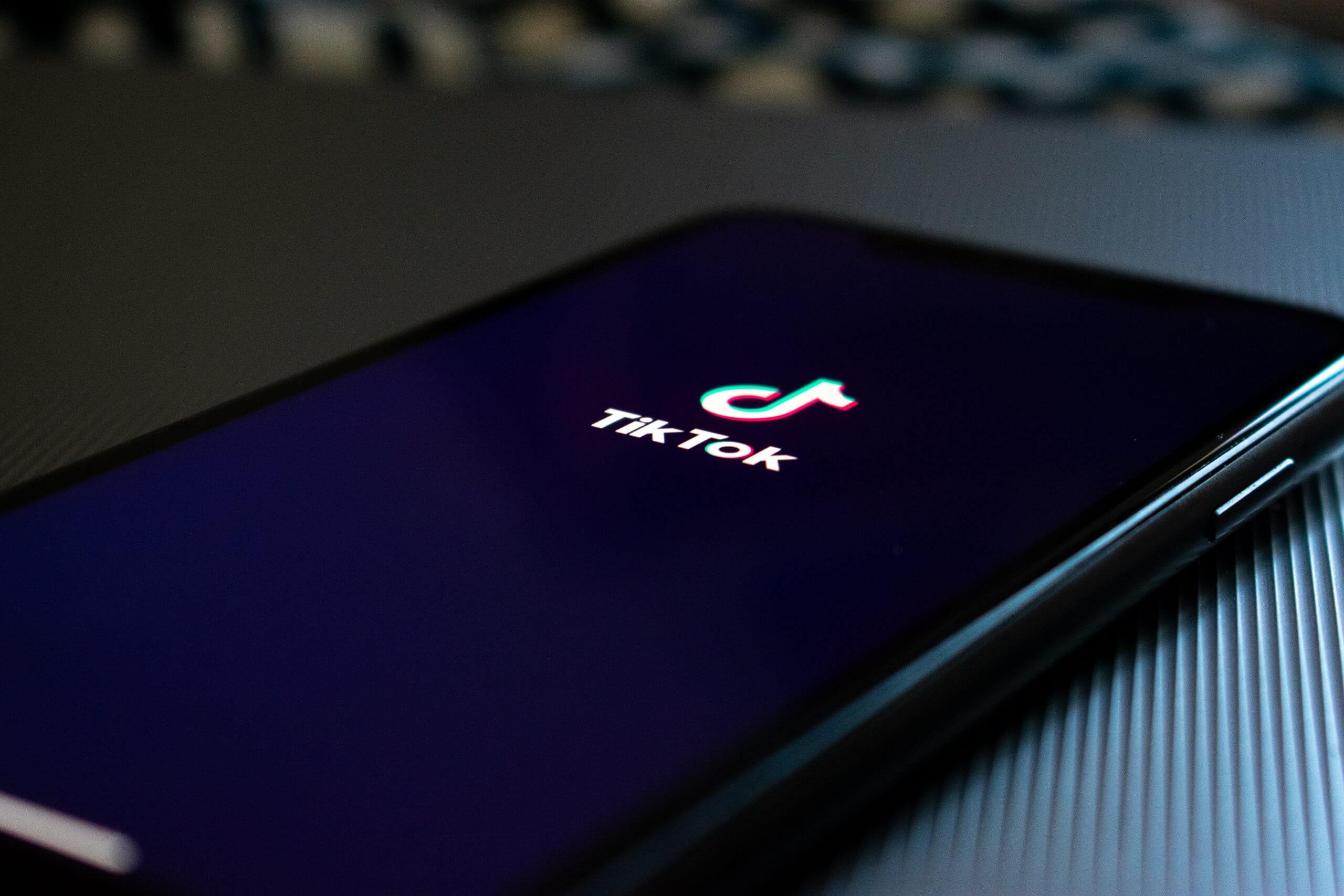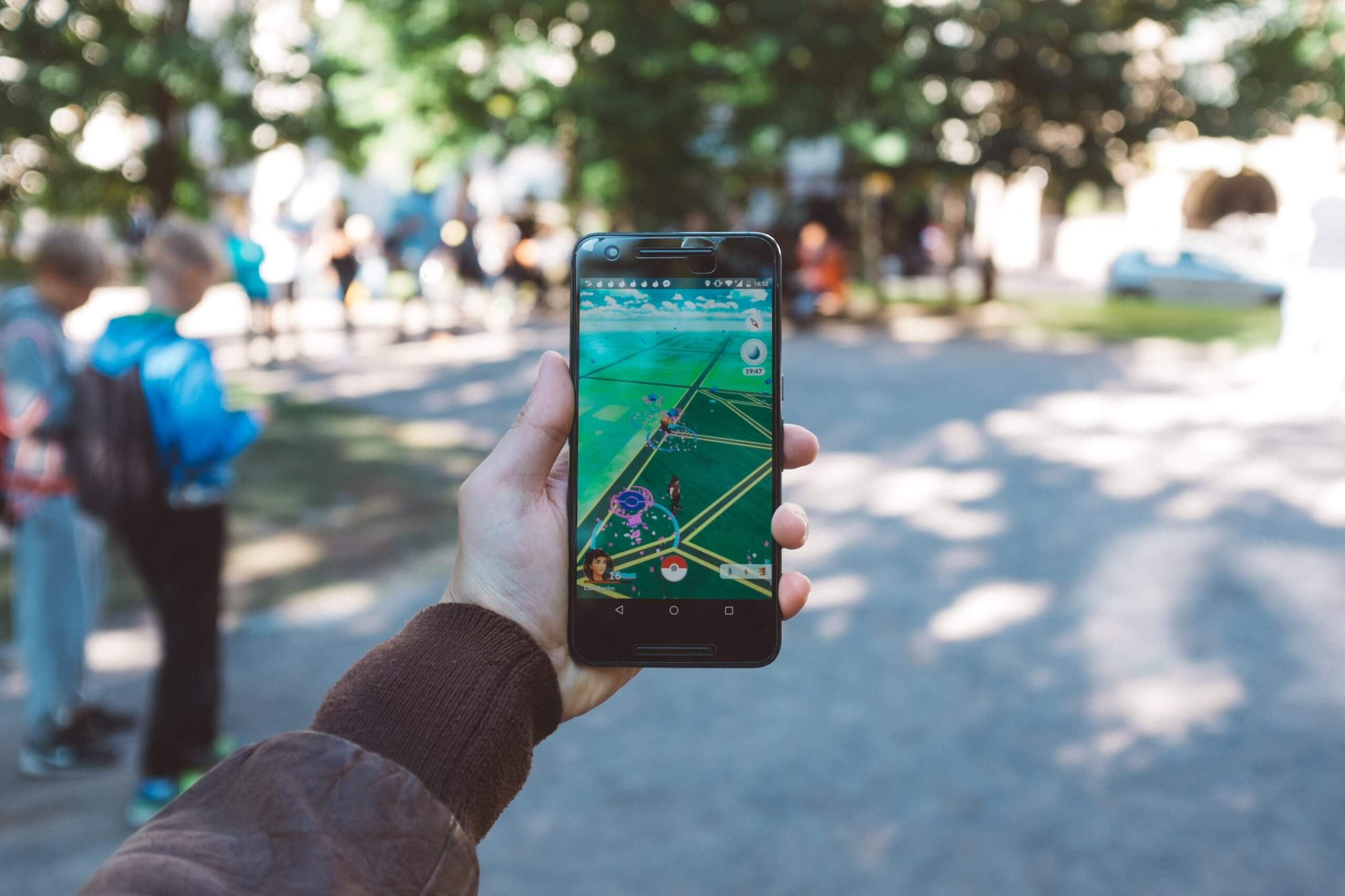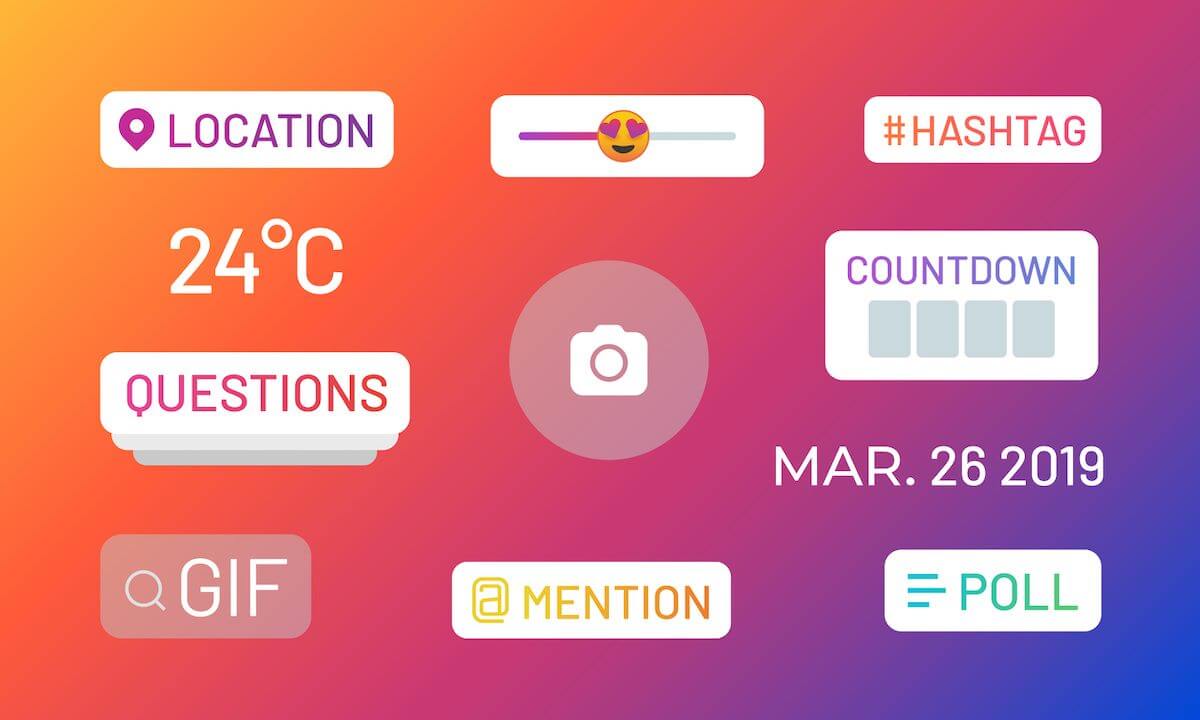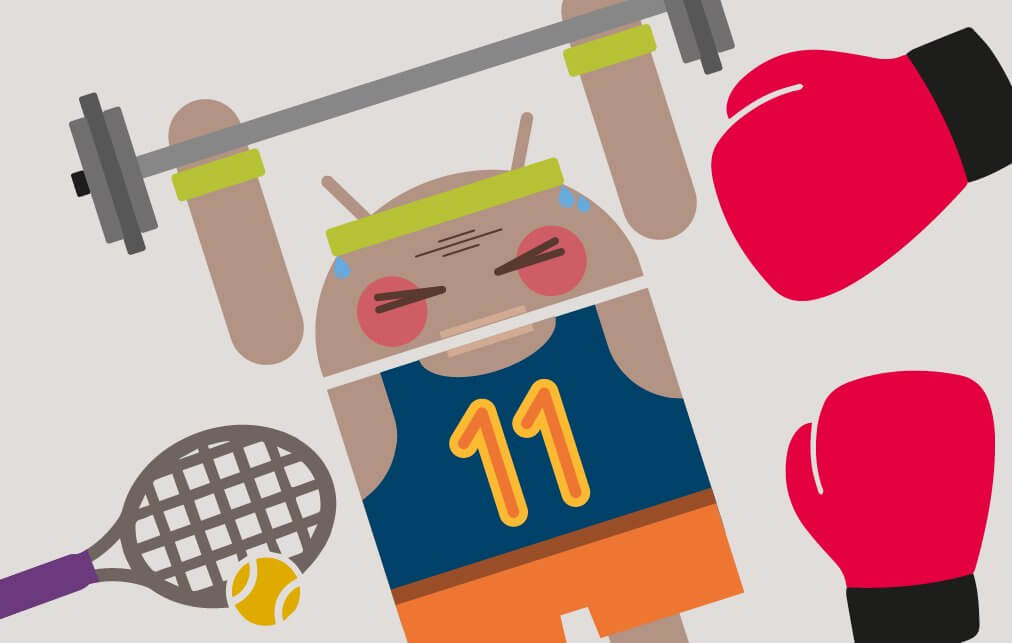Google AdWords has been around for almost 20 years and has changed a lot since it first launched. It provides a great platform for businesses to get in front of their target customers and start driving traffic almost instantly. However, creating and running a profitable campaign is becoming increasingly difficult due to more competition and rising click costs. In this article, we delve into different areas that can be improved upon to help you get more from your Google Search Ads.
Campaign Settings
Always the first go-to when optimising a campaign is the campaign settings. Here’s what we’d recommend:
Check networks: All search campaigns should be set to target the Google Search Network only. Be sure to uncheck the two boxes that say include Search Partners and Display.

Leaving these unchecked will make sure your ads will only show in the Google Search Results and nowhere else. You can test expanding them potentially later down the line but from our experience, performance often drops.
Check locations: In locations, click on location options and set the targeting to “People in or regularly in your targeted locations” if it isn’t already. This is against Google’s recommendation but by ticking another option, you’re opening your ads up to clicks from users who are outside of your target locations.
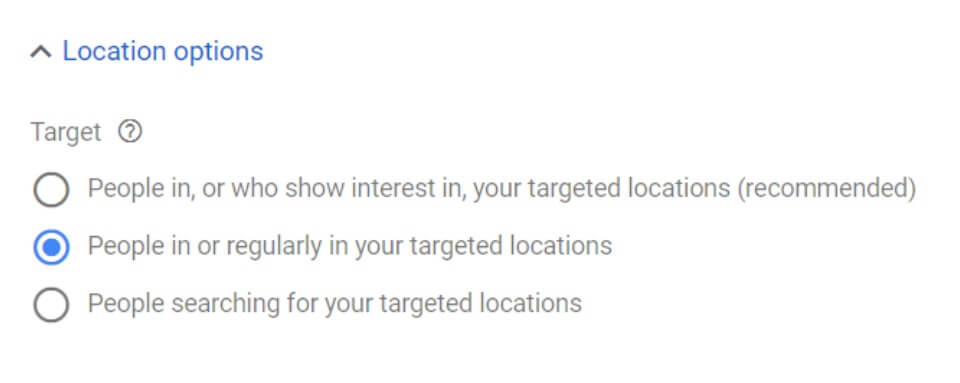
Check bidding strategy: This should be set to manual to start with and when you’ve built up some account data it’s worth testing enhanced CPC and/or some of the automated bid strategies available.

Check ad rotation: We always start with “rotate indefinitely” so that you can more effectively and quickly test different ads against each other.

Ad Extensions
If you’ve not got any ad extensions set up then implementing them could significantly improve your ad click-through rates. As a starting point, creating call extensions, site link extensions and callout extensions should suffice.

Ad Group Structure
Always keep it simple when it comes to your ad group structure. We’ve seen too many campaigns that have complex ad group structures with several keywords in them that shouldn’t be there. The more keywords in an ad group the more you’re diluting your messaging and targeting. A handful of keywords is usually sufficient for most ad groups with all of the terms being very closely related.
Ad Copy
Your ad copy not only needs to entice a click but it needs to stand out from the website’s competing against you for a specific keyword. It should at least include the target keyword, benefits and a CTA, but above all, it needs to tap into your customers’ emotions. Always make use of your available ad space, headline 1, 2 and description line 1 and 2 for expanded text ads. As a minimum, each ad group should have at least 3 ads – including both expanded text ads and responsive search ads. Continually keep an eye on ad performance and split test, split test, split test!
Negative Keywords / Match Types
As a starter, all keywords in your account should be phrase match, modified broad or exact.
Phrase match keywords allow your ads to show only when someone’s search includes the exact phrase of your keyword, or close variations of the exact phrase of your keyword, with additional words before or after. They are displayed as below in your account:
“Keyword”
Your ad could show for search terms that include this keyword. For example, if your keyword is “red shoes” then your ad could show for any of the following and more:
Buy red shoes
Where to buy red shoes
Red shoes in size 6
Modified broad keywords include a plus sign (+) in front of one or more words in a broad match keyword. The words that are preceded by a (+) sign must appear in the user’s keyword phrase exactly or as a close variation.
For example, +red +shoes could trigger your ad for:
Ladies shoes in size 6 red
Where can i get shoes that are red?
Why is there red on my shoes?
It’s important to pay extra attention to negative targeting when it comes to modified broad as your ads can show for a much wider variety of searches.
An Exact Match keyword in Google AdWords will only enter an auction in which the search query perfectly matches or is a close variant of your keyword. They are displayed in your account as the following:
[red shoes]
For this keyword, your ads would only trigger for red shoes or red shoe.
Broad match keywords will waste money on completely irrelevant clicks most of the time so if you have any enabled double-check their performance and pause them if they’re costing too much without converting. They can be identified easily as they use none of the symbols above.
Finally, negative keywords are also just as important as your target keywords. Check your search term report at least once per month, possibly more frequently, depending on how many clicks you get per day. Any search queries that you show up for that aren’t relevant, or those that you’ve spent a lot of money on without conversion can then be added to your negative keywords list. With Google now beginning to limit search query data, adding negatives in the future will likely prove trickier.
Devices
Device performance should be monitored at least once monthly. A simple check against mobile, tablet and desktop for your campaigns and ad groups should be carried out. Following this, you can adjust bid settings per device to compensate. For example, if mobile is converting at 1% and desktop is converting at 2%, it might be a good idea to reduce mobile device bids by 50%.

Time/Day
Time of day and/or day of the week is another dimension that can be optimised to improve your Google Ads performance. With enough data, there will likely be a clear pattern develop as to which days of the week and what times of day result in higher conversion rates. As with devices, bid adjustments can then be made, increasing or decreasing bids depending on the specific situation.
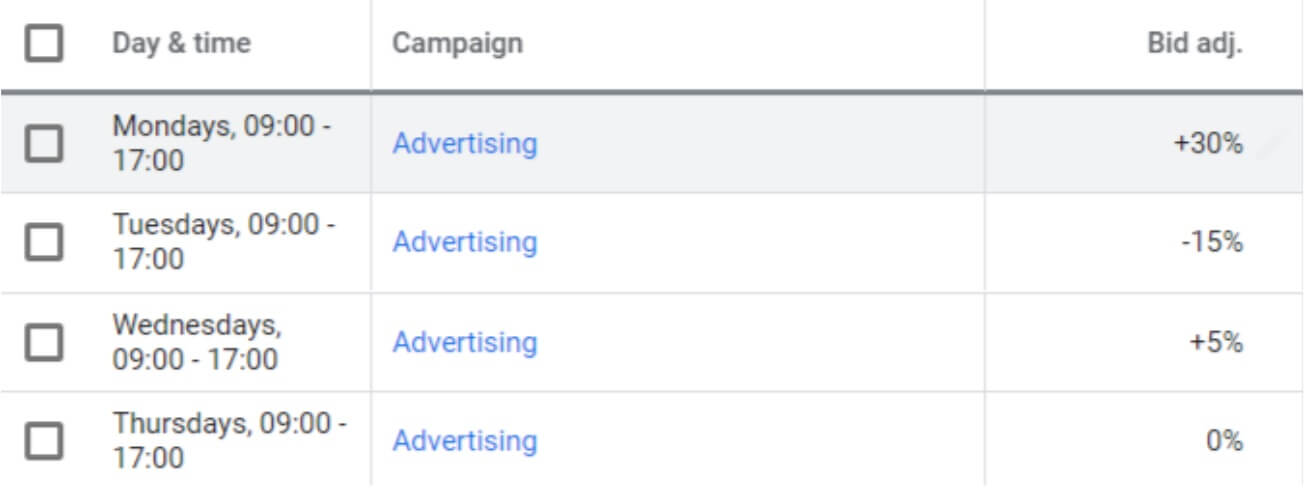
Location
Location performance can be filtered by countries, larger regions and cities/towns. Your filter settings will depend on your location targeting. If you’re targeting just the UK for example then filtering by cities/towns is probably best. Once filtered, you are then easily able to sort the cost of each by highest to lowest to determine any locations that are performing poorly. These can then either be excluded or bids reduced. Alternatively, those that are performing above standard can have their bids increased to improve performance.

Scripts
AdWords scripts are particularly useful for large accounts as they can be used to automate basic management tasks such as bid updates, pausing under-performing keywords, checking ads for spelling/grammar errors etc. There are lots of free scripts readily available online that you can start implementing immediately. Here’s a few to get started with: https://www.wordstream.com/blog/ws/2016/04/18/adwords-scripts

Change History
AdWords campaign performance will naturally go up and down, but if there’s a significant improvement or downturn in performance you’ll want to understand why. You can use the AdWords Change History tool to identify specific changes made. These are all date and time stamped so will help narrow down what has affected the campaign.
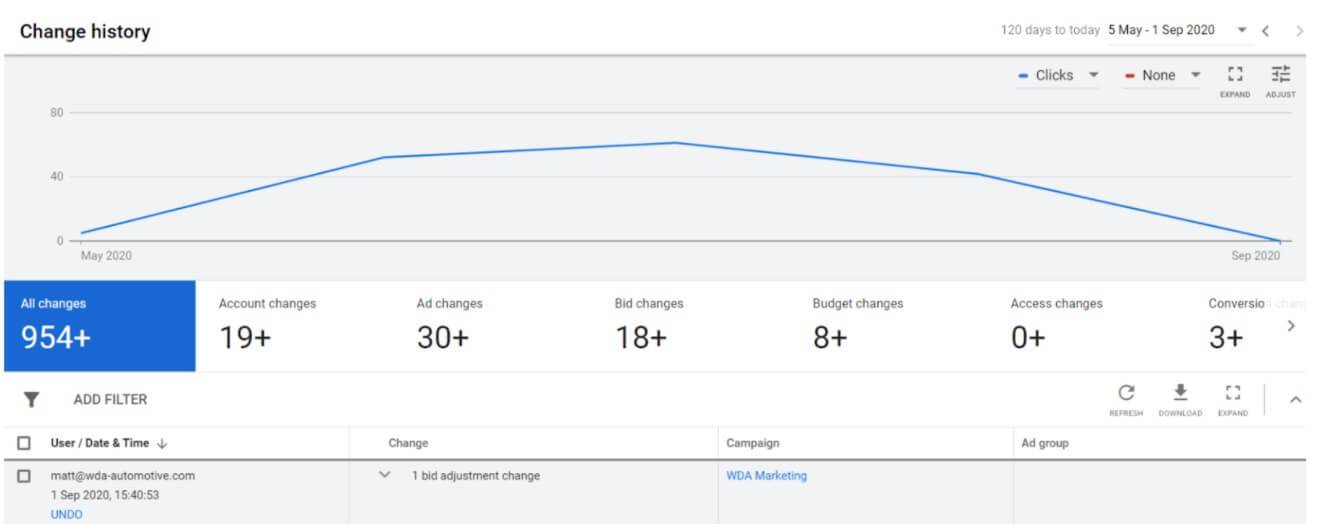
Need More Advice?
If you require additional advice on how best to optimise your Google AdWords account and campaigns to get more business then give us a call today on 01332 372728, complete our enquiry form or email enquire@wda-marketing.com.
